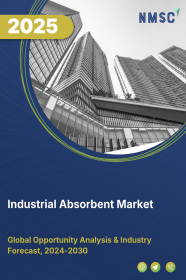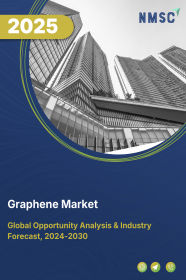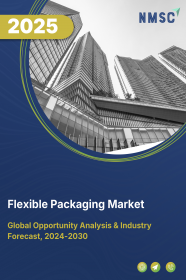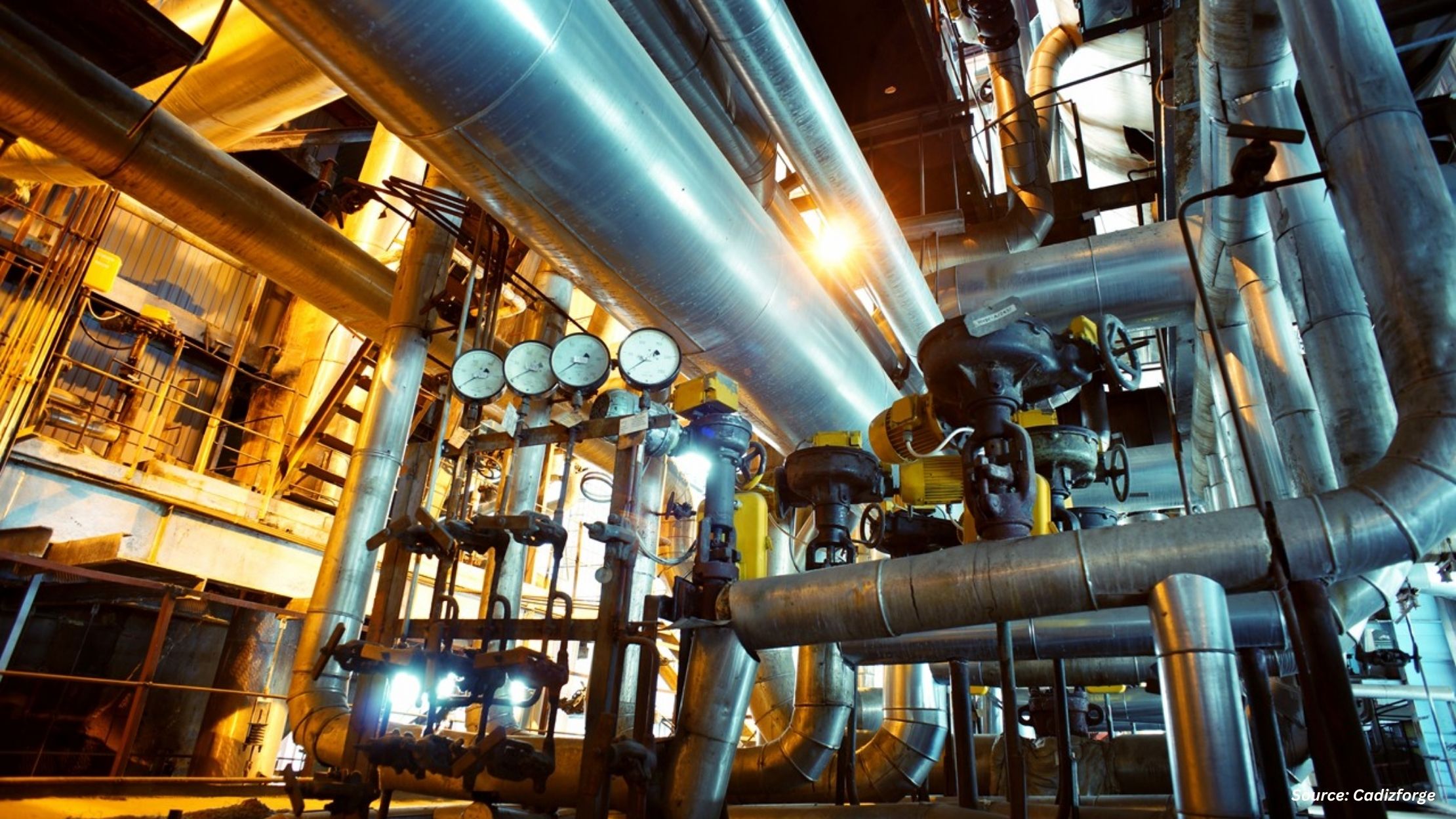
The UK Aluminum Market by Type (Primary, and Secondary), by Product Type (Flat-Rolled, Casting, Extrusions, Forgings, Powder & Paste, Billets, Wire Rods, Other Types), by Alloy Series (1xxx Series, 2xxx Series, 3xxx Series, 4xxx Series, 5xxx Series, 6xxx Series, and 7xxx Series), and by End-User (Transportation, Machinery & Equipment, Construction, Packaging, Electrical Engineering, and Other End Users) – Opportunity Analysis and Industry Forecast, 2024–2030
Industry: Materials and Chemical | Publish Date: 09-Jul-2025 | No of Pages: 128 | No. of Tables: 156 | No. of Figures: 101 | Format: PDF | Report Code : MC1345
The UK Aluminum Market Overview
The UK Aluminum Market size was valued at USD 2.03 billion in 2023, and is predicted to reach USD 2.53 billion by 2030, at a CAGR of 3.2% from 2024 to 2030. The aluminum industry covers the sector focused on creating, distributing, and applying aluminum, a light and silvery metal.
Aluminum is a major element in the Earth's crust, representing about 8% by weight. Valued for its low density, strength, and resistance to corrosion from a protective oxide layer, aluminum is essential in industries like aerospace, automotive, construction, packaging, and electronics. Its lightweight quality improves performance and efficiency, especially in transportation. The metal is produced from bauxite ore via the bayer process and electrolysis. Technological advancements and recycling improvements have enhanced production sustainability, contributing to the industry expansion.
Circular Economy and Policy-driven Recycling Initiatives Propel Market Growth
The U.K.'s aluminium market is significantly bolstered by strong national policies and initiatives aimed at promoting a circular economy. Government-backed recycling targets, extended producer responsibility (EPR) regulations, and investments in domestic recycling infrastructure have collectively driven the widespread adoption of aluminium recycling practices. These efforts have improved the efficiency, scalability, and economic viability of recycling operations, leading to an increased supply of secondary aluminium.
This policy-driven approach not only aligns with the U.K.'s broader decarbonization goals but also enhances material security in a market that relies heavily on aluminium imports. By reducing the dependence on primary aluminium production and imports, the recycling of post-consumer and industrial scrap reinforces supply chain resilience while supporting job creation in the recycling and remanufacturing sectors.
Lightweighting and Electrification Trends in Automotive Industry Accelerate Aluminium Demand
The growth of the U.K.'s automotive industry is another critical driver of aluminium market expansion, particularly amid the sector’s transition to electric and low-emission vehicles. Automakers are increasingly adopting aluminium for structural components, battery enclosures, and body panels due to its lightweight and high-strength properties. These attributes are essential in improving vehicle range, energy efficiency, and overall performance in electric vehicles (EVs).
Moreover, with the U.K. government's ambitious targets for phasing out internal combustion engine vehicles and expanding domestic EV manufacturing, aluminium consumption is poised to rise sharply. The presence of both established and emerging automotive manufacturers investing in advanced production capabilities across the U.K. further amplifies this trend, driving demand for high-quality, engineered aluminium products tailored to next-generation mobility.
Stringent Environmental Regulations and Energy Costs Constrain Market Growth
The UK aluminium market faces notable constraints due to increasingly stringent environmental regulations and high energy costs associated with production and processing. Aluminium manufacturing is energy-intensive, and with the UK’s push toward net-zero emissions, producers are under pressure to transition to greener technologies. Compliance with evolving standards related to carbon emissions, waste management, and industrial decarbonization necessitates substantial capital investment in cleaner technologies and process upgrades.
Furthermore, the UK’s high industrial electricity prices—among the highest in Europe—further burden aluminium manufacturers, especially in the downstream sector. These factors combined can reduce profit margins, deter new entrants, and potentially lead to production shifts to regions with less regulatory pressure or lower operating costs. As a result, these environmental and economic pressures act as a restraint on domestic aluminium market growth and competitiveness.
Growth In Sustainable And Circular Packaging Solutions Drives Demand
The increasing consumer and regulatory focus on sustainability is driving demand for environmentally friendly packaging, positioning aluminium as a key material in the UK’s sustainable packaging landscape. Aluminium’s infinite recyclability, lightweight nature, and excellent barrier properties make it ideal for beverage cans, food containers, personal care products, and pharmaceutical packaging.
With both consumers and companies actively seeking to reduce plastic usage and improve packaging recyclability, aluminium is emerging as a preferred alternative. Retailers and brand owners are incorporating aluminium into their sustainability roadmaps, further boosting demand. This trend is reinforced by upcoming policy measures such as the UK Plastic Packaging Tax and Extended Producer Responsibility (EPR) schemes, which are incentivizing the shift to aluminium-based solutions. As these sustainability-driven preferences solidify, they present strong growth potential for aluminium producers, recyclers, and packaging converters across the UK.
Competitive Landscape
Several key players operating in the UK aluminum industry include Alvance British Aluminium, Alcoa Corporation, Alutrade, Bridgnorth Aluminium Ltd. (Viohalco), Coleshill Aluminium Ltd, Brookside Metal, Hydro Aluminium, JBM International, Ryobi Aluminium Casting, Real Alloy, Tandom Metallurgical Group, Novelis Latchford, Rio Tinto, Mil-Ver Metal, Whitehead Alloys, and others.
The UK Aluminum Market Key Segments
By Type
-
Primary
-
Secondary
By Product Type
-
Flat-Rolled
-
Casting
-
Extrusions
-
Forgings
-
Powder & Paste
-
Billets
-
Wire Rods
-
Other Types
By Alloy Series
-
1xxx Series
-
2xxx Series
-
3xxx Series
-
4xxx Series
-
5xxx Series
-
6xxx Series
-
7xxx Series
By End User
-
Transportation
-
Aerospace
-
Automotive
-
Marine
-
-
Machinery & Equipment
-
Construction
-
Packaging
-
Food & Beverage
-
Cosmetics
-
Others
-
-
Electrical Engineering
-
Other End Users
Key Players
-
Alvance British Aluminium
-
Alcoa Corporation
-
Alutrade
-
Bridgnorth Aluminium Ltd. (Viohalco)
-
Coleshill Aluminium Ltd
-
Brookside Metal
-
Hydro Aluminium
-
JBM International
-
Ryobi Aluminium Casting
-
Real Alloy
-
Tandom Metallurgical Group
-
Novelis Latchford
-
Rio Tinto
-
Mil-Ver Metal
-
Whitehead Alloys
REPORT SCOPE AND SEGMENTATION:
|
Parameters |
Details |
|
Market Size in 2023 |
USD 2.03 Billion |
|
Revenue Forecast in 2030 |
USD 2.53 Billion |
|
Growth Rate |
CAGR of 3.2% from 2024 to 2030 |
|
Analysis Period |
2023–2030 |
|
Base Year Considered |
2023 |
|
Forecast Period |
2024–2030 |
|
Market Size Estimation |
Billion (USD) |
|
Growth Factors |
|
|
Companies Profiled |
15 |
|
Market Share |
Available for 10 companies |
|
Customization Scope |
Free customization (equivalent up to 80 working hours of analysts) after purchase. Addition or alteration to country, regional, and segment scope. |
|
Pricing and Purchase Options |
Avail customized purchase options to meet your exact research needs. |

















 Speak to Our Analyst
Speak to Our Analyst





















